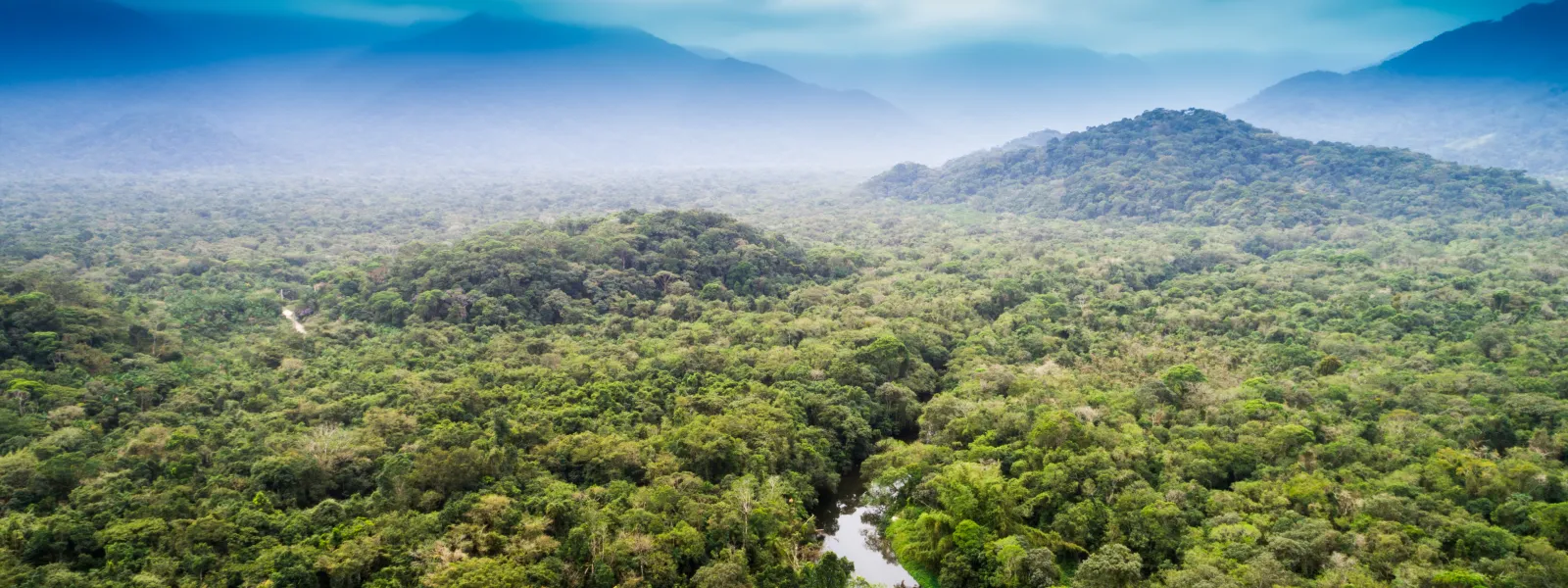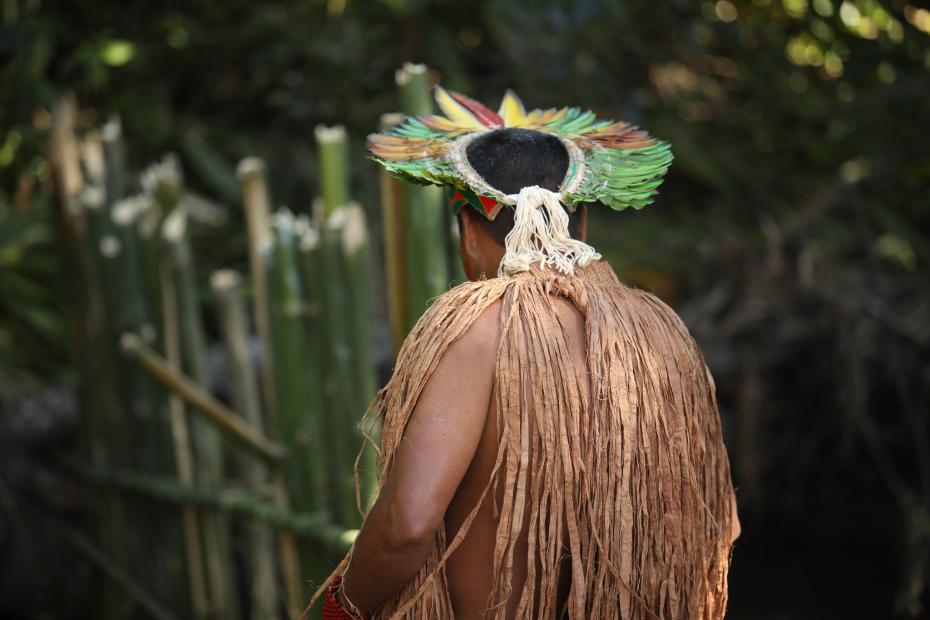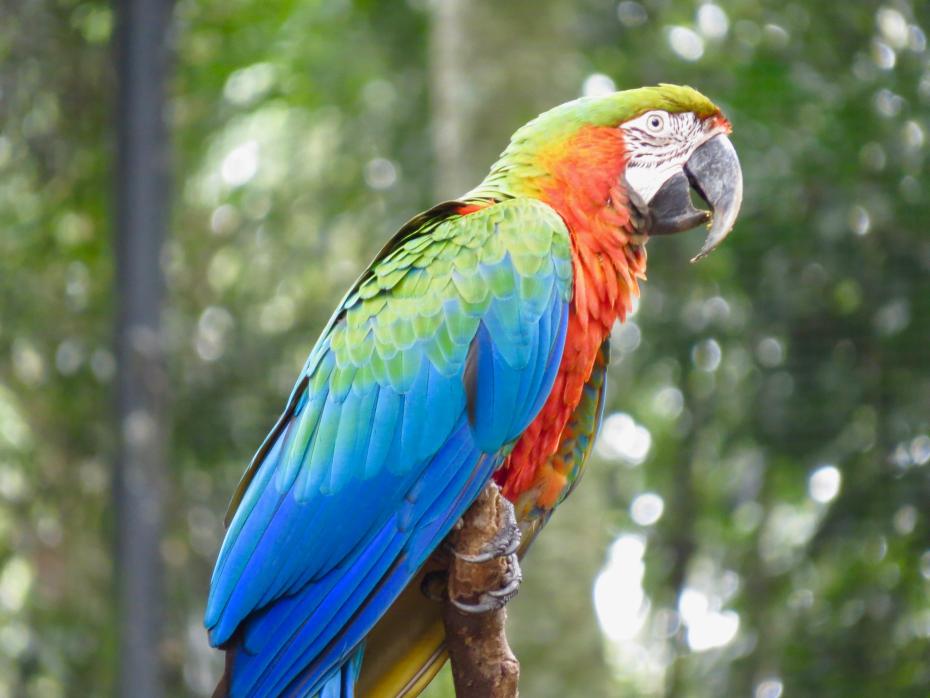
Actions and reasons to preserve the Amazon
Photo: Shutterstock.Shared by eight countries and home to 10 percent of the planet's known biodiversity, the Amazon is the largest tropical forest in the world. It’s also a global climate stabilizer, storing between 90 and 140 billion metric tons of carbon dioxide (CO2)—one of the most harmful greenhouse gases that, when released, accelerates the climate crisis.
For more than 470 communities of indigenous and traditional peoples, the Amazon is an ancestral place of life, from which they have developed their ways of being in the world.
However, the rainforest is facing various threats—including colonization, deforestation and extractive activities—that increase its vulnerability and affect the human rights of those who inhabit and protect it.
These pressures have caused some areas of the Amazon to emit more carbon dioxide than they absorb.
This situation poses the challenge of implementing strategies for the legal protection of Amazonian territories that articulate with the struggles of affected peoples.
At AIDA, we have strengthened these strategies and have supported community processes aimed at combating the damage caused by mining and oil exploitation in Amazonian territories in three countries.
With hopes currently pinned on the incoming government of Lula da Silva in Brazil—who announced his goal of reducing deforestation in the Amazon to zero by 2030—the preservation of this ecosystem requires political will and strong coordinated and cross-border actions. In this regard, Colombia proposed a common front to defend the Amazon rainforest.
Strengthening legal defense

AIDA's work strengthened the capacities of national organizations in Brazil, Ecuador and Peru for legal defense of the Amazon.
- Brazil: By highlighting the shortcomings of its environmental impact study, we helped ensure that the communities affected by the Volta Grande mining project of the Canadian company Belo Sun are included in the environmental authorization process and that the state is obligated to consult with them to obtain their consent. We also prepared a report for UN agencies in which we identified measures to guarantee the safety of environmental defenders in the Amazon region.
- Ecuador: We strengthened litigation strategies to halt the implementation of a decree by which the government seeks to expand mining exploitation in the country, with serious impacts for the Amazon region. We also generated greater understanding of the tools needed to develop strategic litigation and improve the communication skills of indigenous peoples.
- Perú: We supported the acceleration of litigation aimed at ensuring the repair and maintenance of the Norperuano oil pipeline, whose operation has generated serious environmental impacts and human rights violations for indigenous peoples affected by oil spills.
In all three countries, we were able to advance towards a more precise understanding of the legal protection needs of the Amazon and the contexts in which such strategies should be developed. This was made possible by working in partnership with national and local organizations and indigenous peoples.
Arguments to protect the ecosystem

There are many reasons to preserve the Amazon, whose importance is regional and global. In order to strengthen communication efforts linked to the legal protection of the ecosystem, AIDA has developed two infographics that present in a schematic and didactic way the arguments for defending the Amazon territories, as well as their inhabitants, in court.
The focus of one of the infographics is the vast biodiversity contained in the Amazon. Some figures show its high levels of richness: 40,000 species of plants; 16,000 of trees; 3,000 of fish; 1,300 of birds; more than 430 of mammals; more than 1,000 of amphibians; and more than 400 species of reptiles; therefore, any intervention in the Amazon rainforest must start from the knowledge of it as a highly diverse, complex and interconnected territory.
The richness of the Amazon is also cultural, represented in the indigenous and traditional peoples that have inhabited the ecosystem since ancestral times, whose diversity is present in 86 languages and 650 dialects.
The Amazon: A megadiverse region (in Spanish)
The other infographic illustrates the capacity of the Amazon to regulate the humidity and climate of the continent.
In addition to storing large amounts of carbon dioxide, the ecosystem absorbs half of the solar energy it receives through the evaporation of water from its foliage. Most of the trapped energy is released when the vapor condenses to form clouds and rain.
Among other things, the Amazon recycles between 50% and 70% of annual precipitation, pumping some seven billion tons of water a year into the atmosphere through evapotranspiration.
The Amazon: A global climate regulator (in Spanish)
The Amazon and its care are emblematic of the intrinsic relationship and balance that must exist between a healthy environment and human existence.
"The spirits that give us life exist in the forest, the water and the air. We all have a correlation," said Humberto, a member of a community in the Ecuadorian Amazon. "That existence is what we call life—our own home, the pharmacy, nature or what we can call, in general, the existence of man and nature."
Victor Quintanilla Sangüeza

Victor Quintanilla Sangüeza is AIDA's Content Coordinator, working from Mexico City. He is a Bolivian freelance communications specialist and journalist. He earned a Bachelor of Science in Social Communication from the Universidad Mayor de San Andrés in La Paz, Bolivia. Victor also holds a master's degree and a PhD in communication from the Universidad Iberoamericana Ciudad de México. He has worked in print and television media, as well as in corporate communication in the public and private sectors. Victor is also a researcher in the field of journalism and technology studies.
